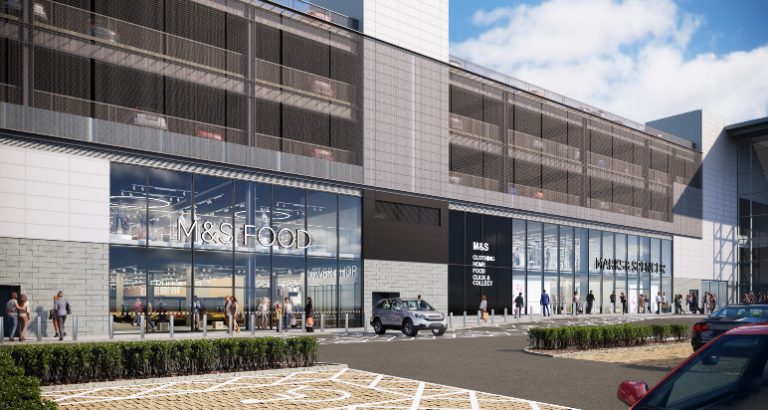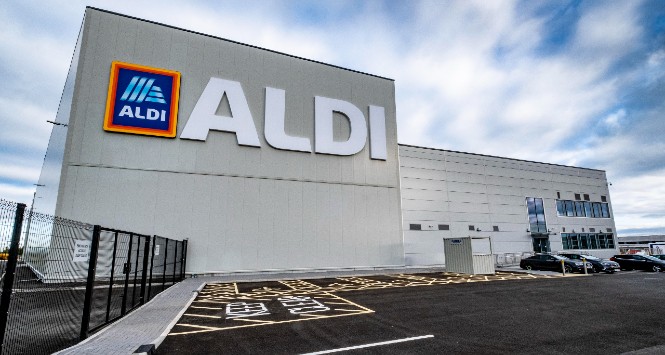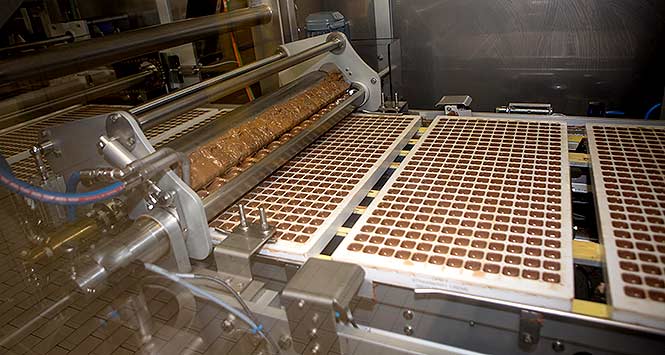With 2014 set to be a monumental year in Scotland’s history there will be huge opportunities for small businesses such as local retail, and despite the continuing economic downturn, things are looking up.
by Colin Borland
The Commonwealth Games, the Ryder Cup, some vote or other in September. Depending on your point of view, the months ahead are either going to be crammed with non-stop excitement or be the best advert for throwing your television in a skip since they brought back Celebrity Family Fortunes. Whatever you think about politicians and pole-vaulters though, you can’t deny that 2014 is going to be a big year for anyone in business. It will be the year when the country grasps the opportunities the recovery presents or lets them slip through our fingers. The first few months of 2014 certainly seem to have continued where 2013 left off, with more encouraging signs emerging about the state of the economy. The latest Federation of Small Businesses (FSB) index, for example, shows that business confidence is much higher than it was at the same point in the previous three years. Although there will be countless others at work, one key factor in this rise is the fact that turnover is on the up.
Even allowing for seasonal variations, the last quarter saw 29% more firms report a rise in revenues than report a fall. Interestingly, while we have seen turnover growing for a while, we now see, for the first time in two years, profit margins also increasing. And it seems that this increased confidence is beginning to impact on the wider economy. Investment intentions are firming up, with nearly three in ten of our members expecting to increase capital investment this year. It’s likely that some of this is down to the temporary changes to capital allowances, which came into effect in January 2013 and saw the Annual Investment Allowance for plant and machinery rise tenfold to £250,000 for two years.
But it’s also true that, if you’ve had the hatches battened down and adopted a make-do-and-mend strategy since the 2008 crash, some things will by now simply need replaced. This investment obviously generates more business for manufacturers, distributors and all of their suppliers, keeping more order-books full, banishing fear of redundancies, boosting consumer confidence and laying the foundations for a sustainable, investment-led recovery.
Talking about redundancies, one feature of this downturn was that we didn’t see the level of job losses we may have expected. In small businesses in particular, everyone pulled together, taking wage cuts or shortening the working week. While this meant small firms didn’t have to get rid of valued, experienced staff, it also gave those businesses a degree of spare capacity. So, as business picks up, they find that the extra work can be absorbed by the current workforce and they don’t need to recruit new staff. Rises in turnover, then, have not so far been reflected by an expansion of the workforce.
There are signs, however, that more small firms are now working so close to capacity that they plan to hire staff over the next three months. Encouraging as all this is, the FSB has warned that the recovery is by no means uniform or guaranteed. Sectors which rely on discretionary consumer spend – hospitality, leisure, retail – are still finding things tough. Although now back in positive territory, confidence among our members in retail is fragile. And it’s easy to see why. Some of biggest barriers to business growth – the state of the economy, consumer demand, utility prices – affect them disproportionately.
At the same time, there are also specific steps that would be of particular benefit to retailers. We can improve parking, traffic management and make our shopping streets safer. Public bodies and others could maintain their town centre presence, keeping a broader mix of sectors and a critical mass of footfall on the High Street. Fundamentally, though, we need things to pick up across the economy so that consumers have the confidence to spend. This will come through a sustained investment-led recover, but that requires the financial services industry to match small businesses’ ambitions. And right now, although there are some signs that credit is becoming more affordable (albeit from a low base), almost three quarters of small firms still say credit availability is poor. So, the overarching challenge is making finance more widely available to businesses whose expansion plans demand it. If investment plans cannot be funded, they will remain on hold, as will the recovery.







